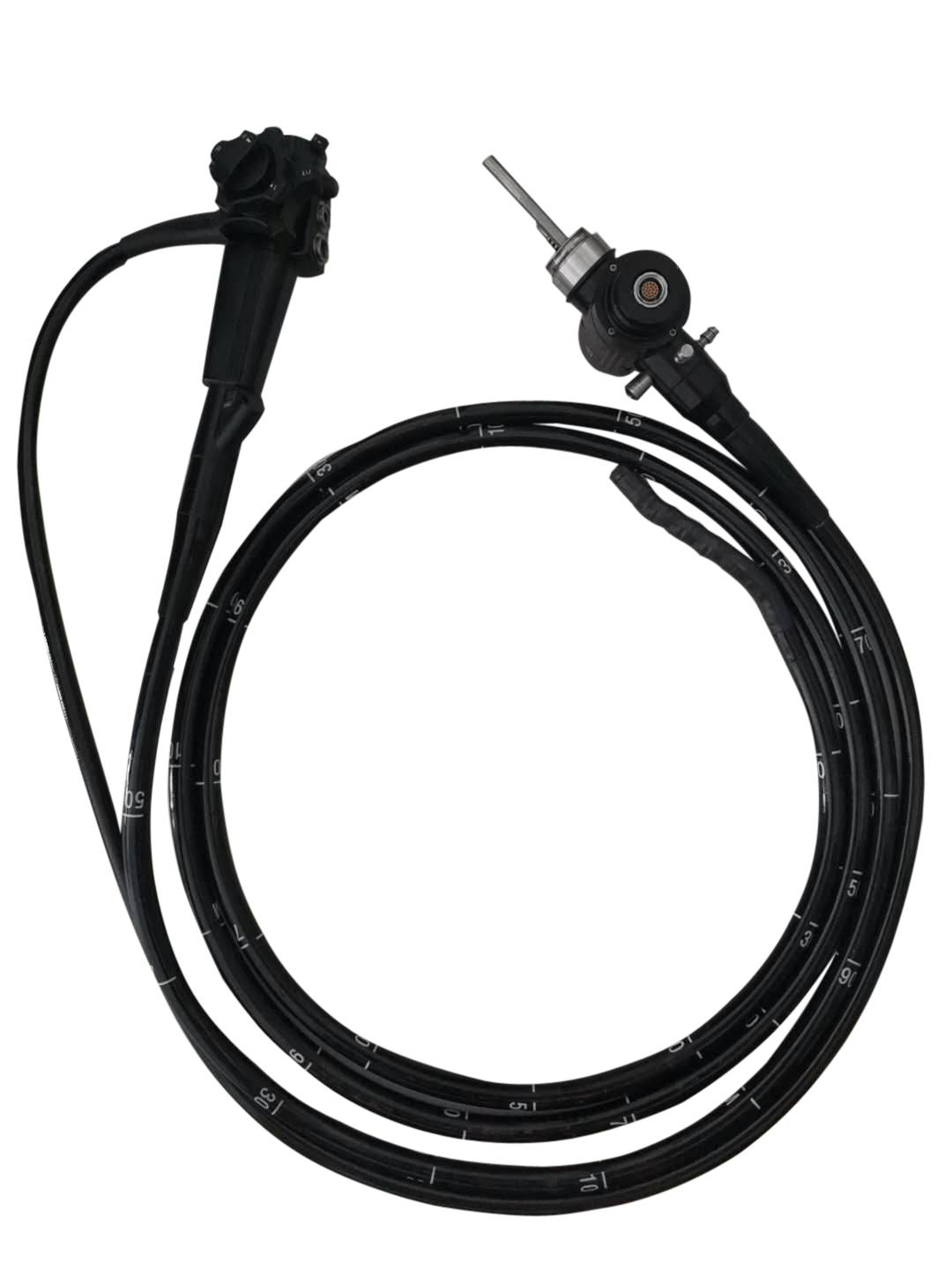Gastrointestinal issues can be an uncomfortable and stressful experience for anyone to go through. However, with the advent of modern medicine, doctors can diagnose and treat these issues with greater precision and effectiveness. One such procedure that has greatly contributed to this field of medicine is endoscopic gastroenteroscopy.
Endoscopic gastroenteroscopy is a minimally invasive procedure performed by a gastroenterologist to explore the upper digestive system. It involves the use of an endoscope, which is a flexible tube equipped with a tiny camera and light. With the help of this device, the doctor can examine the throat, esophagus, stomach, and small intestine for any abnormalities.
The endoscope is inserted through the mouth and advanced slowly down the digestive tract. The camera captures live images of the insides of the digestive system, which are displayed on a monitor in the examination room. The procedure is performed while the patient is under sedation, so they do not feel any discomfort or pain.
Endoscopic gastroenteroscopy is conducted to diagnose various gastrointestinal conditions, such as ulcers, tumors, infection, inflammation, and celiac disease. These diagnoses can be vital in determining the appropriate treatment for the patient. Gastroenterologists use the endoscope to collect biopsies from any suspicious tissue found during the examination, which can be sent for further analysis in a laboratory. This method of diagnosis has significantly contributed to the effectiveness of treating gastrointestinal issues.
Another essential application of endoscopic gastroenteroscopy is its use as a therapeutic tool. During the procedure, doctors can remove polyps, treat bleeding ulcers, and dilate narrowed areas safely and effectively – all in one procedure. This helps to avoid multiple invasive procedures and limit the discomfort and pain for the patient.
Endoscopic gastroenteroscopy is considered a very safe procedure with minimal risk of complications. However, as with any medical procedure, there is a slight possibility of complications such as bleeding, perforation, or infection. These risks are minimized by using specialized techniques and ensuring the proper training, experience and expertise of the gastroenterologist performing the procedure.
In conclusion, if you are experiencing any gastrointestinal issues, endoscopic gastroenteroscopy could be a vital diagnostic and therapeutic procedure. It allows prompt diagnosis of gastrointestinal conditions and provides effective treatment options. If you require any further information on endoscopic gastroenteroscopy, consult with your physician, or contact a qualified gastroenterologist.
Finally, we need to emphasize the role of early detection. Many gastrointestinal disorders can be treated when diagnosed early. Therefore, it is essential to pay attention to any digestive ailment and seek medical attention without delay. Remember, risks are minimized by proper diagnosis and timely medical intervention. So, take charge of your health and get yourself checked out if you are experiencing any gastrointestinal discomfort.
Post time: May-23-2023


